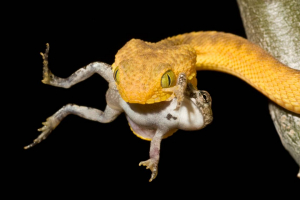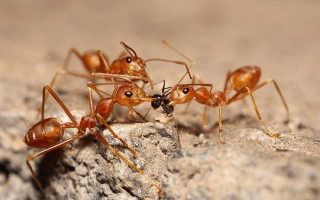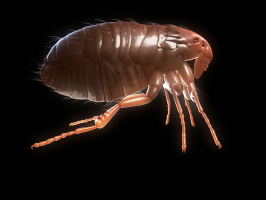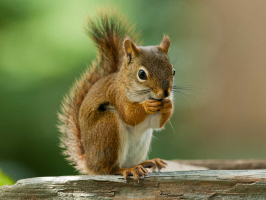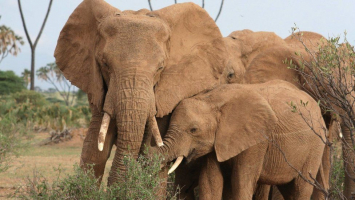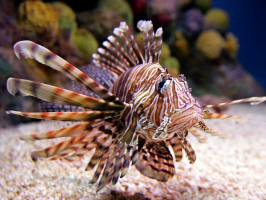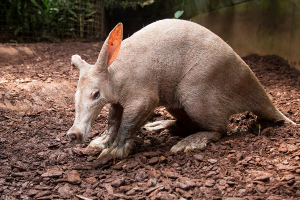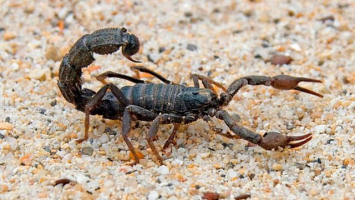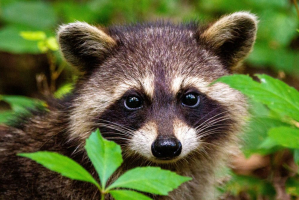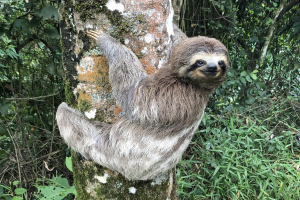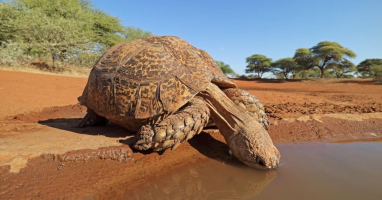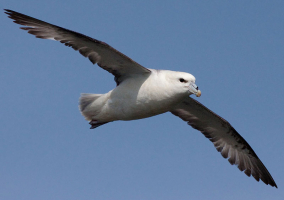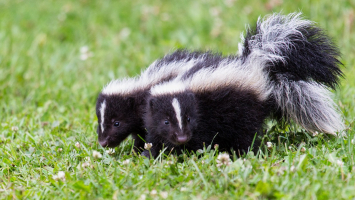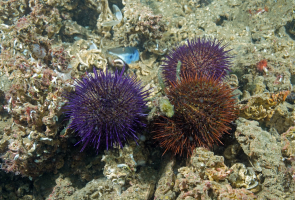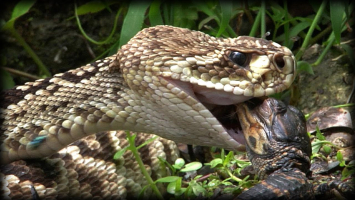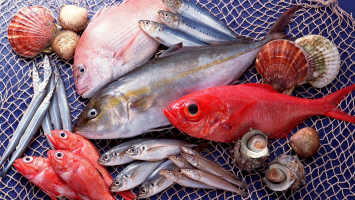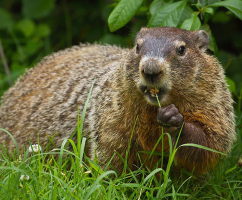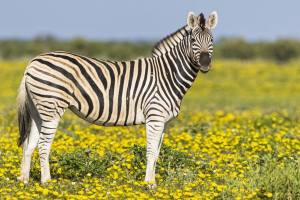Top 6 Predators of Lizards that Eat Lizards
We have all encountered lizards, a common category of reptiles, at least once in our lives. All continents save Antarctica are home to lizards, which can be ... read more...little (like those scattered across a scorching patio floor in the middle of summer) or large (like the Komodo dragon). Lizards can be any size between a few centimeters and three meters. Due to a variety of adaptations, including camouflage, venom, reflex bleeding, and the infamous capacity to lose their tails in a fight and grow them back, these animals are widely renowned for their ability to avoid predators. They move pretty quickly as well. However, lizards are also preyed upon by a variety of animals. Let’s have a look at the predators of lizards that eat lizards.
-
Hawks are raptors belonging to the Accipitridae family. With the exception of Antarctica, they are widely dispersed and exist on all continents. Sharp-shinned hawks, goshawks, sparrowhawks, and other raptors are members of the subfamily Accipitridae. Mostly woodland birds with long tails and keen vision make up this subfamily. They hunt by quickly launching themselves from a covert perch.
Predators of lizards that eat lizards are hawks. These birds can identify lizards from great distances, swoop down, and devour them because they are swift and nimble. They are actually rather simple prey for the majority of other raptors, including smaller birds that hunt worms, but will just as well settle for lizards.
Naturally, hawks' prey preferences are determined by their habitat, and if given the choice, they will favor larger creatures. However, when necessary, birds of prey typically eat creatures as small as insects, so lizards would actually be an advantage in that situation. Finally, a dead lizard that still looks healthy will be an attractive source for a snack because hawks eat both live and dead creatures.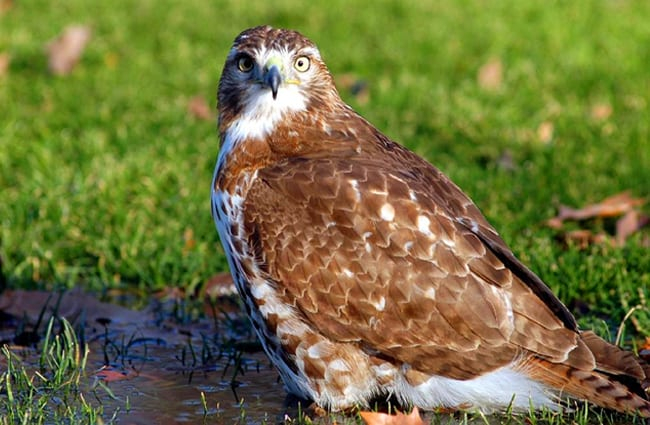
Photo: animals 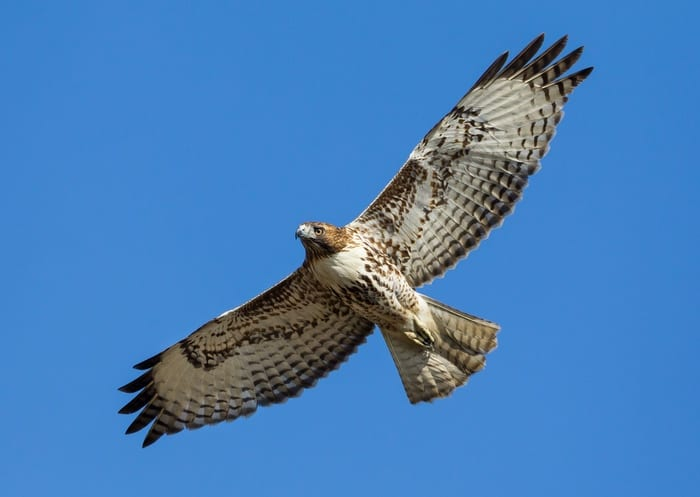
Photo:uniguide -
The dog, often known as a domestic dog, is a wolf that was tamed and has an upturned tail. The closest surviving relative of the dog is the current wolf, which is descended from an ancient, extinct wolf. Before the advent of agriculture, about 15,000 years ago, hunter-gatherers domesticated the dog as the first species. Dogs have become widespread among domesticated individuals as a result of their long contact with humans, and they have developed the ability to subsist on a starch-rich diet that would be insufficient for other canids.
Many of us have found our dogs playing with a lizard in the back garden. Except for stray dogs who are starving and actively seeking something to augment their diet, they will only consume it when the opportunity arises.
The consumption of lizards by domestic dogs has long been frowned upon by dog owners, who regarded the reptiles to be poisonous to their pets. Research, however, demonstrates that this is untrue. Not always is it harmful to dogs to eat lizards; in fact, this is frequently the case. However, it is important to keep in mind that lizards might harbor parasites, particularly a parasitic liver fluke that can infect and kill pets like cats and dogs.
Photo: princeton 
Photo: petshopnagpur -
Snakes are carnivorous, elongated, limbless reptiles that belong to the Serpentes suborder. Snakes are ectothermic, amniote animals with scales that overlap, just like all other squamates. Many snake species have more joints in their skulls than their lizard ancestors had, allowing them to swallow prey that is much larger than their heads (cranial kinesis).
The majority of snake species lack venom, and those that have to tend to employ it to kill and subjugate prey rather than defend themselves. Some are capable of killing humans or inflicting serious injuries on them with their venom. Snakes that lack venom either choke their prey to death or devour it whole.
Snakes can readily overpower and consume lizards through a constriction or venomous bites. A snake will attack and prey on a lizard if its size is similar to that of the prey, as it does in other situations, making snakes one of the main predators of lizards.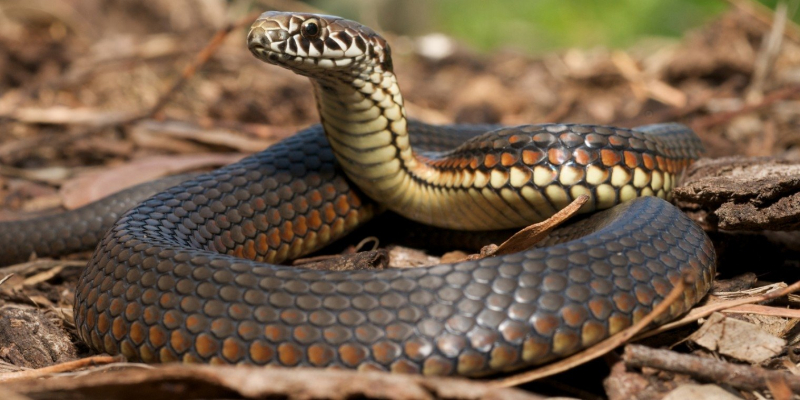
Photo: georgeinstitute 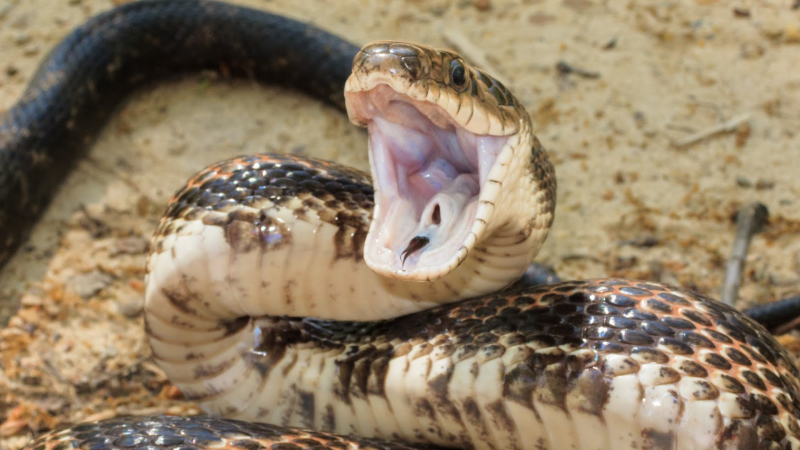
Photo: nytimes -
The Herpestidae family of tiny terrestrial carnivorous mammals includes the mongoose. The Herpestinae and the Mungotinae are the two subfamilies that make up this family today. The Mungotinae consists of 11 species native to Africa, while the Serpentine consists of 23 extant species belonging to Southern Europe, Africa, and Asia.
Mongooses have long bodies and faces, short legs, and long, tapering tails. They also have small, rounded ears. The majority have grizzly or brindled coats, although a few have intensely marked coats that resemble mustelids in appearance. They mostly use their non-retractile claws for digging. Excluding the tail, their head-to-body lengths range from 24 to 58 cm (9.4 to 22.8 in). They weigh from 320 g (11 oz) and 5 kg (11 lb).
These tiny creatures are ferocious predators that are frequently observed eating lizards. Crabs, snakes, insects, small birds, rodents, and lizards make up the majority of their diet. Although lizards are well renowned for their ability to kill poisonous snakes, they can also serve as an easy source of food if necessary.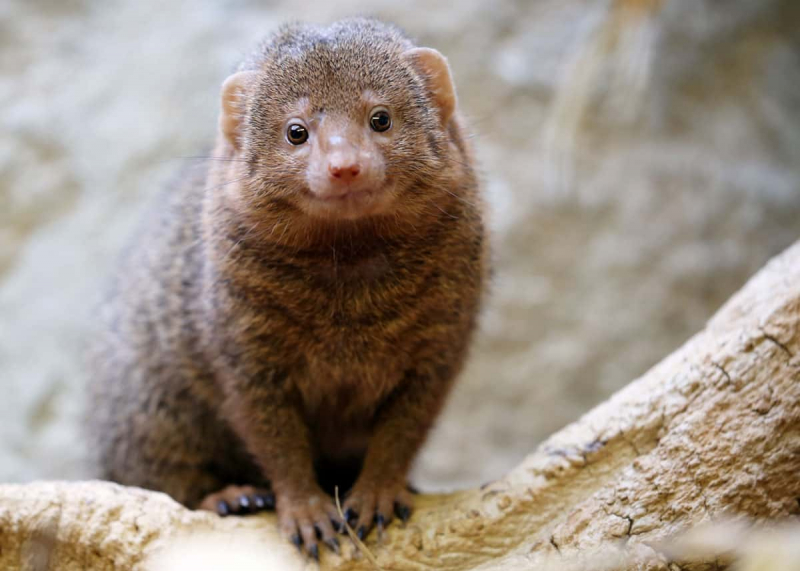
Photo: everywherewild 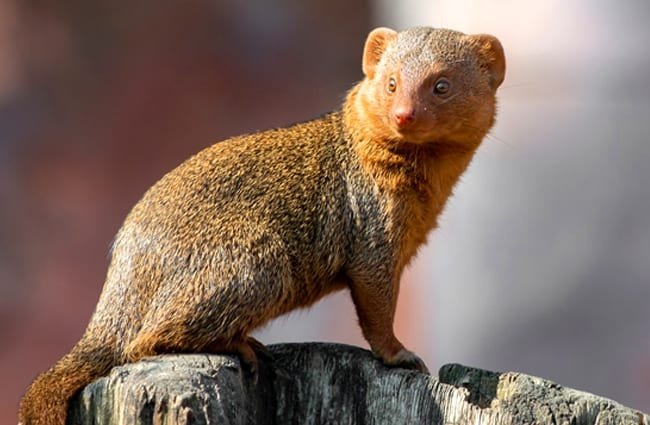
Photo: animal -
Cats, or the Felidae family of mammals, which makes up a clade, are members of the order Carnivora. A felid is another name for a member of this family. Both felids in general and the domestic cat particularly are referred to by the term "cat" (Felis catus).
Of all terrestrial carnivore species, Felidae species have the most varied fur patterns. Cats have strong, flexible forelimbs, retractable claws, and lean, muscular bodies. They can bite with force because of their teeth and facial muscles. They are all obligate carnivores, and the majority of them hunt prey alone by ambushing or stalking it. Africa, Europe, Asia, and the Americas are all home to wild cats. A few wild cat species have evolved to live in marshes and steep terrain, while others have adapted to desert and forest habitats. Depending on the sort of prey they like, they might be nocturnal, crepuscular, or diurnal in their activity patterns.
Any wild cat, or even a domestic cat, is an opportunistic lizard predator, attacking a lizard whenever it seems practical to do so. It's well knowledge that bobcats and other wild cats consume lizards.Since domestic cats run the risk of contracting a parasitic liver fluke, it is best to prevent them from eating lizards whenever possible. This is carried by lizards and doesn't damage them at all, but it can have devastating consequences for cats, including lethal liver inflammation. Lizards are not the best prey for domestic pets because they can also carry salmonella, which can make dogs and cats very unwell.
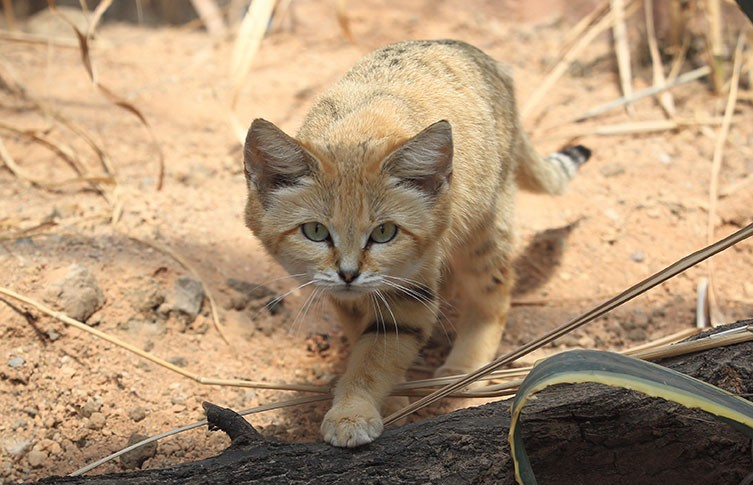
Photo: nhm.ac.uk 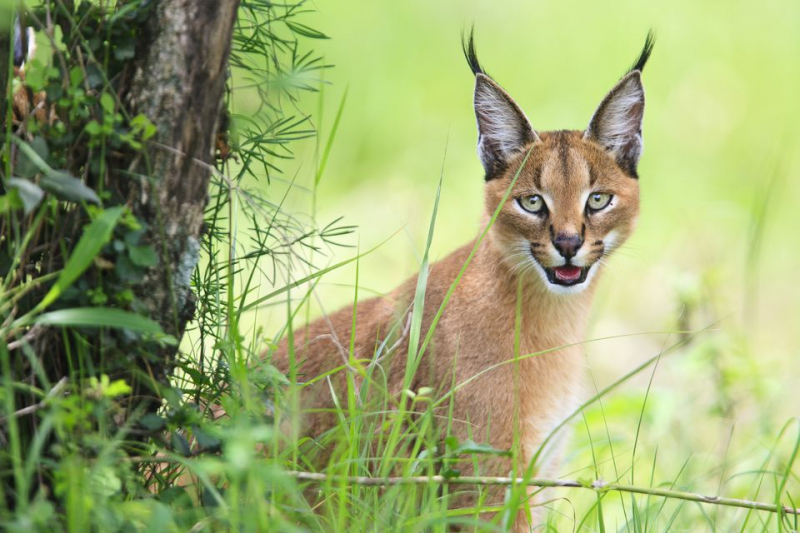
Photo: traasgpu -
Air-breathing arthropods having eight legs, chelicerae with fangs typically able to inject venom, and spinnerets that extrude silk are known as spiders (order Araneae). They are the largest group of arthropods and have the seventh-highest species diversity of any group of living things. Except for Antarctica, every continent has spiders, and they have spread to almost every type of land environment.
Predators of lizards that eat lizards are spiders. Bigger spiders frequently attack smaller lizards, yet they are able to successfully protect themselves by running away quickly. Spiders can be duped by camouflage to avoid noticing the lizards.It's interesting to note that the smaller-than-a-tenth-of-an-ounce regal jumping spider can consume larger reptiles and insects. Studies show that this predator of lizards can eat lizards three times its own size.
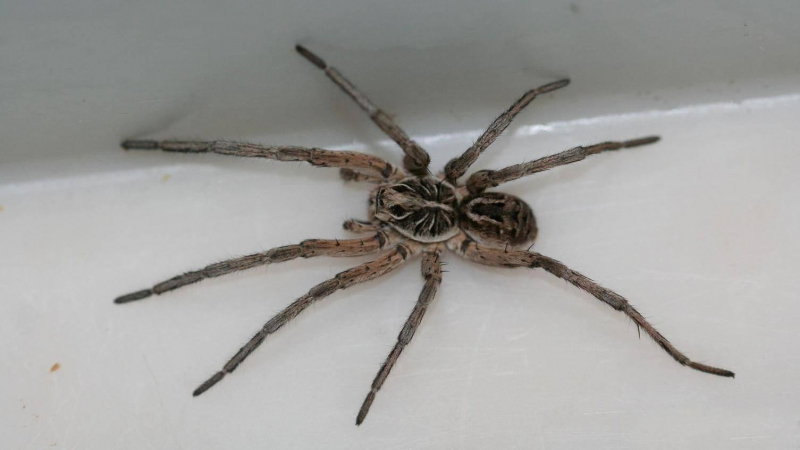
Photo: extension.umd.edu 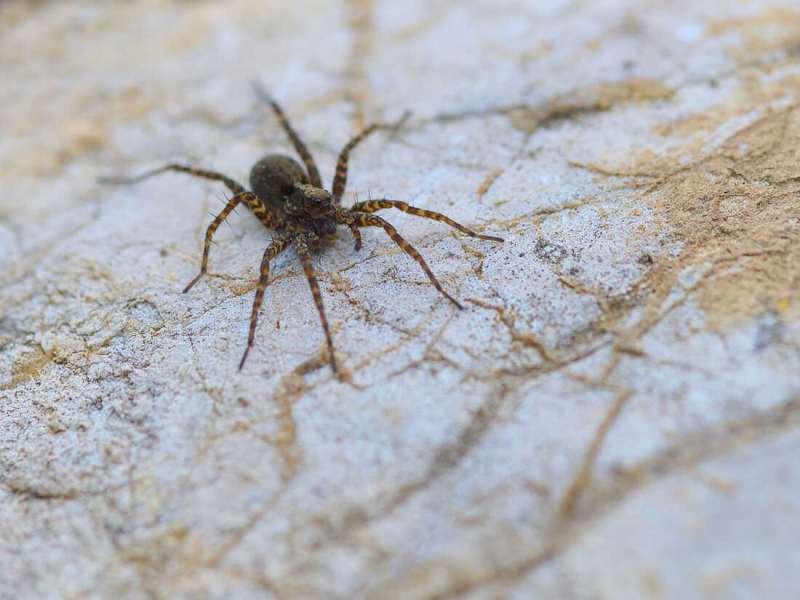
Photo: npr.org








